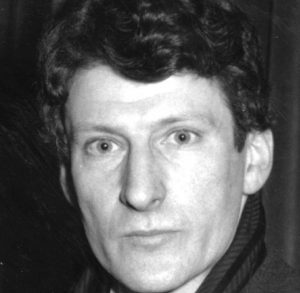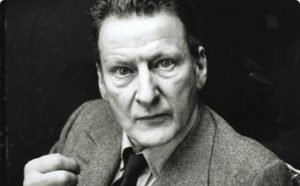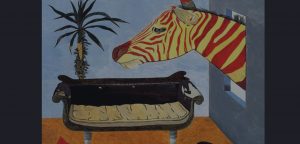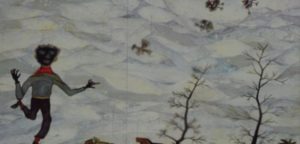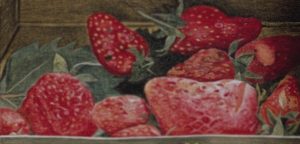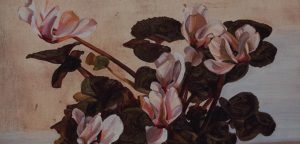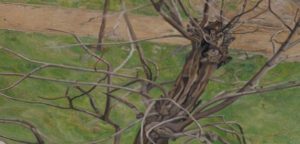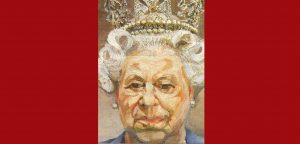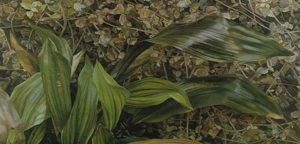He was born on December 8, 1922 in Berlin, Germany.
1922 - 1911
Lucian Freud
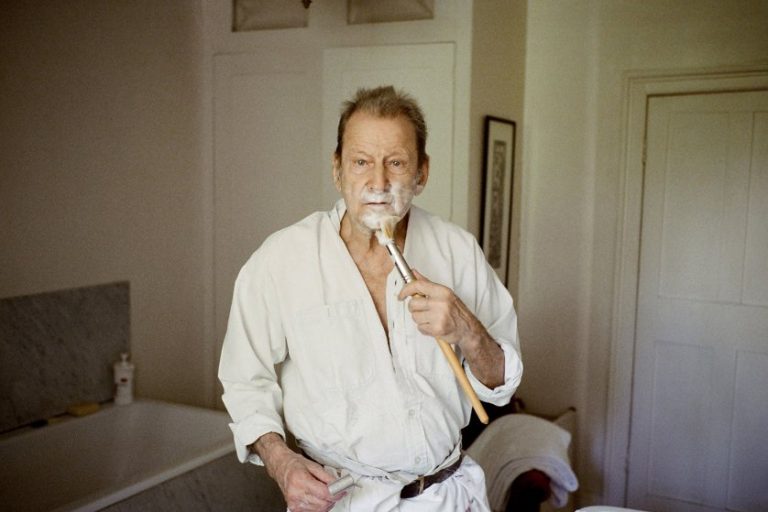
description
An English artist of German-Jewish origin.
One of the most extraordinary and popular painters of the twentieth century. A grandson of famous psychoanalyst Sigmund Freud.
He was born into a Jewish-German family. Before the Second World War, the family moved to London, where Lucien studied at the Central School of Art, the School of Painting and Drawing in East Anglia and Goldsmiths College. Since his childhood, he had demonstrated great abilities for the fine arts. One of his drawings was chosen for an exhibition of children’s art at the London gallery Peggy Guggenheim. Because of bad behavior, he did not finish his studies and went to work for the merchant navy.
Lucien Freud mostly painted portraits and nude models in the interior. He was notable for his unusual approach to the depicted objects and rejected all canons in painting. The artist is known for images of celebrities, among which there are popular actors, musicians and even Elizabeth II, the Queen of Britain. The original manner in which the artist worked was often criticized, although it provided him tremendous success. One of his paintings, “The Sleeping Social Worker” – was sold at Christie’s auction for record 17.2 million pounds sterling. In addition, Lucien Freud entered history as one of the central figures of the “London School of Painting” – a movement that contrasted itself with popular abstract art and became the basis for the emergence of a new generation of British artists.
Key ideas:
– The main object of the artistic research of Lucien Freud was naked women and men. He chose non-standard poses for his models and depicted their bodies and faces in his own way, not embellishing or romanticizing them.
– The painter’s art can be called ultra-realistic. His images of human figures are distinguished by naturalism, sharpness and somewhere even gross frankness. Not thinking about the aesthetic component and not caring about the external attractiveness of the model, Freud displays the inner essence of a person, exposing not only his body, but also his soul. The artist’s works have a strong emotional charge, which causes bright impressions of the viewer.
– Freud’s early works are distinguished by a restrained color scheme, smoothed strokes and careful study of details. In his paintings, just like under the microscope, all facial features and flaws are visible: wrinkles, bags under eyes and pigmented spots.. Some portraits even resemble grotesque or caricature.
– In the second half of his creative career, the artist moved on to thicker, larger strokes, like sculptors, made shapes in a pasty way and paid special attention to the psychological content of his works. The author’s mature works are distinguished by increased emotionality and even anxiety.
– The main theme of the paintings of Lucian Freud is a human figure in the interior. Most often, that is one person (less often, that is a couple) lying in a loose relaxed pose and even sleeping, sitting or standing naked people. The master often uses the reflection motif, introducing additional figures in self-portraits (one of his favorite subjects). In many paintings, there are animals: dogs, rats and cats.
– The artist chose models with expressive faces and non-standard forms, depicting them as frankly as possible. Shock and rejection of many was caused by too naturalistic depictions of genitals, which in many scenes were directly in the center of the canvas. Some critics said that Freud could make even a beautiful person ugly, like it happened with the portrait of famous model Kate Moss. The artist himself said that he depicted people not as they looked, but as he wanted to imagine them.
1922
1941
1944
1946
1953
1960 - 1980
1990
2001
2002
2011
The birth of the artist
He returned after sailing and completed his education
He returned after sailing and completed his education. By this time, the young man decided to become a professional artist.
“The room of the artist”
He created his first serious painting “The room of the artist”. His first solo exhibition was held at the prestigious London gallery Levebre. At the same time, Freud met Francis Bacon, who became his best friend for many years.
After the end of the war, he went to Paris
After the end of the war, he went to Paris, learnt the best examples of modern painting and became friends with Pablo Picasso and Alberto Giacometti. That communication had a great influence on the creative style of Freud. After Paris, he went to Rome and many other cities. In 1948, Freud married daughter of famous sculptor Sir Jacob Epstein Kitty Harman, who became a model for many portraits.
Painted a lot, mostly depicting naked models
Painted a lot, mostly depicting naked models. During this period, the artist’s style changed significantly, acquiring sharpness and freedom of expression. Freud married the second time – his new wife became Lady Carolyn Blackwood, the daughter of a famous politician. That marriage broke up as quickly as the first one. Catherine McAdam gave birth to Lucien’s several children (his daughter Jane and son Paul became artists).
The works acquired a more pronounced psychological overtone
Continued to work in the chosen manner, which had not much changed over the decades. The artist expanded the range of his models. Apart from women, he depicted men, who also posed naked in very shameless poses. In the paintings, several figures appeared at once. The works acquired a more pronounced psychological overtone, In the 1970s, Freud created many portraits of his mother, telling about a trustful relationship with her. Was awarded the Order of Knights of Honor (1983).
The artist received recognition at the international level
The artist received recognition at the international level. The paintings of Freud began to be sold for a lot of money; he received many portrait orders from famous and influential people. In the last period of his work, the artist painted models with non-standard body proportions. The most famous and expensive became his pictures of social worker Sue Tilly, which was distinguished by her lush forms.
Finished working on the portrait of Queen Elizabeth II
Finished working on the portrait of Queen Elizabeth II. The painting, which aroused critics’ disapproving reaction to excessive naturalism, portrays the face of the queen close-up. Here, Freud in a characteristic manner sharply outlines the appearance of the model, not embellishing it and not even smoothing out its minor flaws. In the 2000s, Freud increasingly selected male models, including famous designer Lee Bowery, as well as the artist’s friend David Dawson.
Two large exhibitions of Lucian Freud were held
Two large exhibitions of Lucian Freud were held. The first one, organized by the Louvre and the National Museums Association, was held in Paris at one of the main exhibition sites at the Grand Palais. The second retrospective exhibition was held at the London gallery “Tate Modern” and attracted the increased, not always benevolent attention of the public and critics.
The death of the artist
He passed away on July 20, 2011 in London, the UK.

